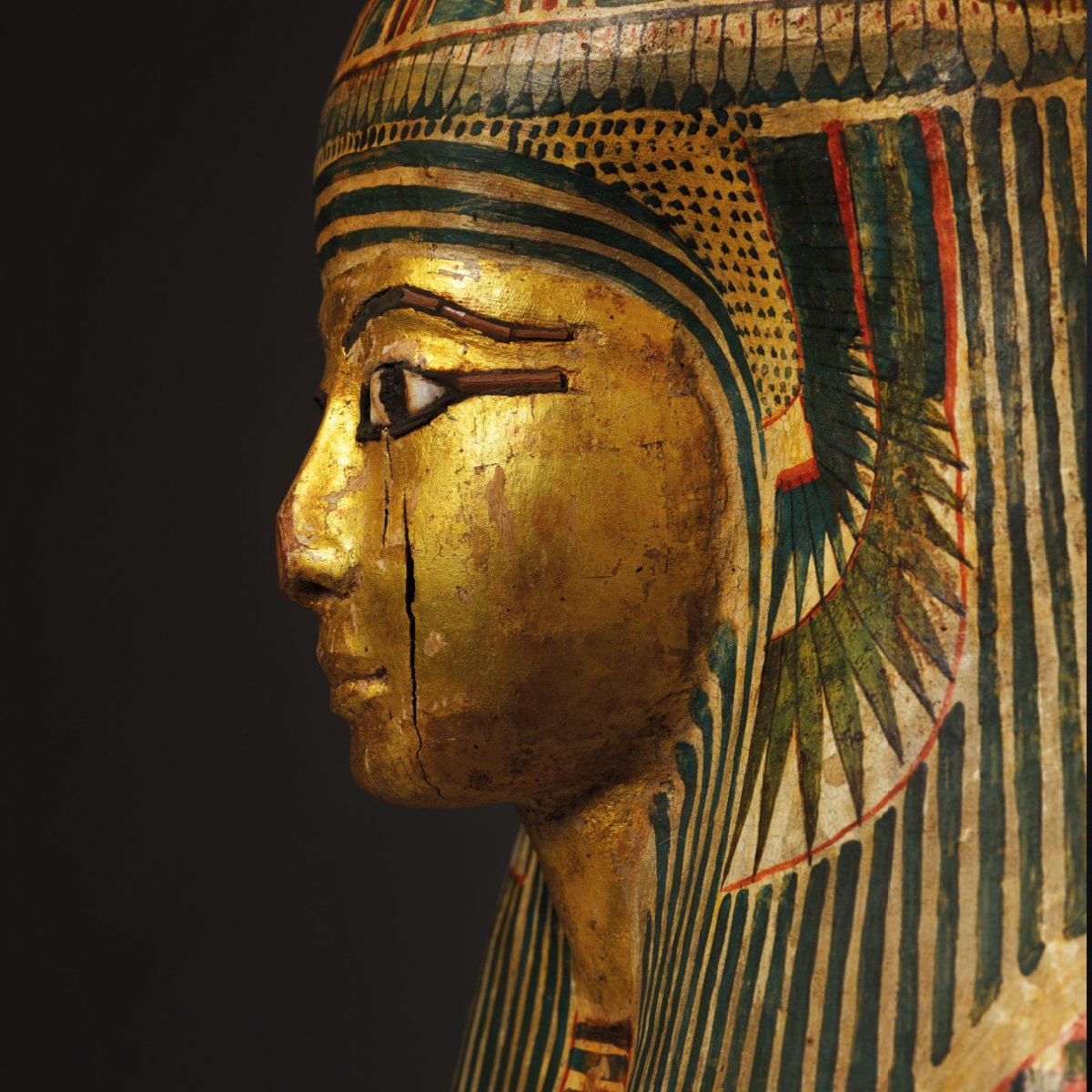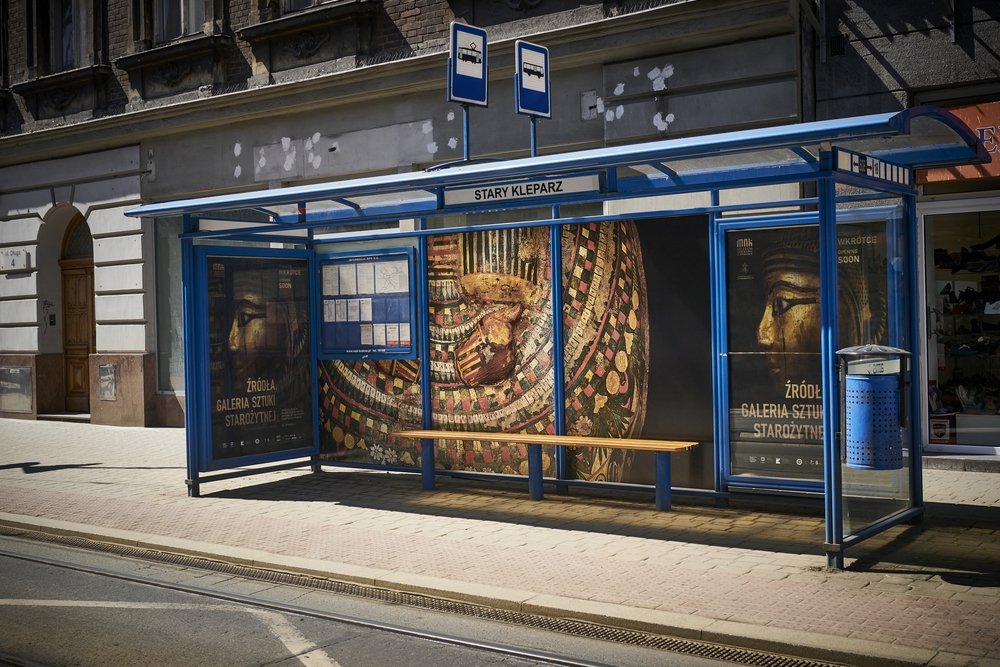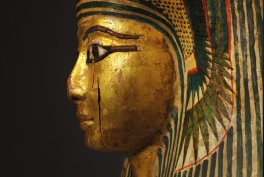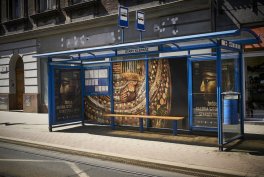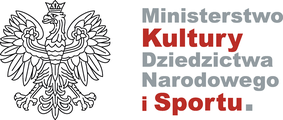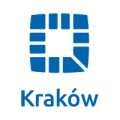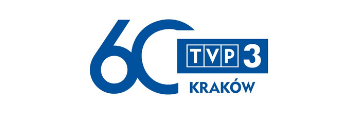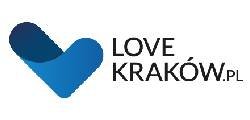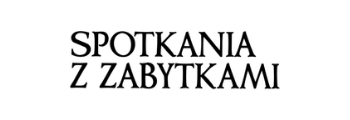The elevator at the Arsenal of the Czartoryski Museum is closed until further notice.
- Monday: CLOSED
- Tuesday - Sunday: 10.00-18.00
Information and reservations on weekdays 9 a.m.- 4 p.m.
Director of the National Museum in Krakow
Deputy Director for Scientific Activities
Deputy Director for for Exhibition Activities
Deputy Director for Strategy and Communications
Deputy director for the Management
Chief Accountant
Chief Cataloguer of the National Museum in Krakow
The aim of the permanent exhibition of ancient art from the collections of the National Museum in Kraków, located on the 1st floor in the Arsenal of the Princes Czartoryski Museum, is to show a full picture of the art of ancient cultures. The core of the exhibition is a collection acquired by Prince Władysław Czartoryski in the second half of the 19th century.
It is essentially supplemented by a set of objects from the National Museum in Kraków and from the collections of the Potocki Family from Krzeszowice, which includes mainly Roman sculptures and bas-reliefs. In addition, around a dozen artefacts from the collections of the Institute of Archaeology of the Jagiellonian University complete the exhibition. The objects from these important Kraków collections complement each other perfectly, which makes it possible to show the development of the art of the most important ancient cultures in an attractive way. The visiting route makes it possible to get acquainted with the individual sets of artefacts in an arrangement that recreates a tour around the Mediterranean: from Egypt to Italy, Greece, Asia Minor, to Egypt from Roman times. The individual showcases contain objects from all areas of ancient craftsmanship: architectural, decorative stone sculpture, portrait sculpture, funeral sculpture, wood sculpture, cast and forged items made of bronze, silver, gold, wood painting, clay, braid, faience and glass products. These are objects of everyday use, cult and decorative items, as well as sepulchral elements. As a complement to the main ancient art exhibition, visitors can see two exhibitions in the rooms of the towers adjacent to the Arsenal building: a selection of Greek and Roman coins and a collection of objects from Poland from the prehistoric collection of Prince Władysław Czartoryski.
Dorota Gorzelany-Nowak
